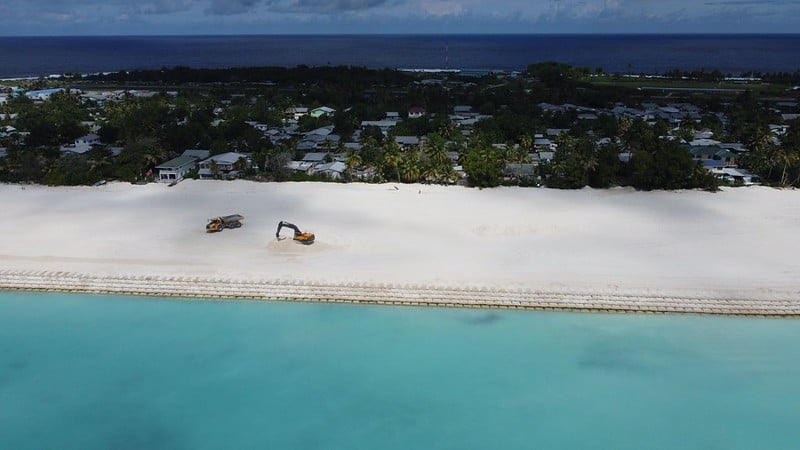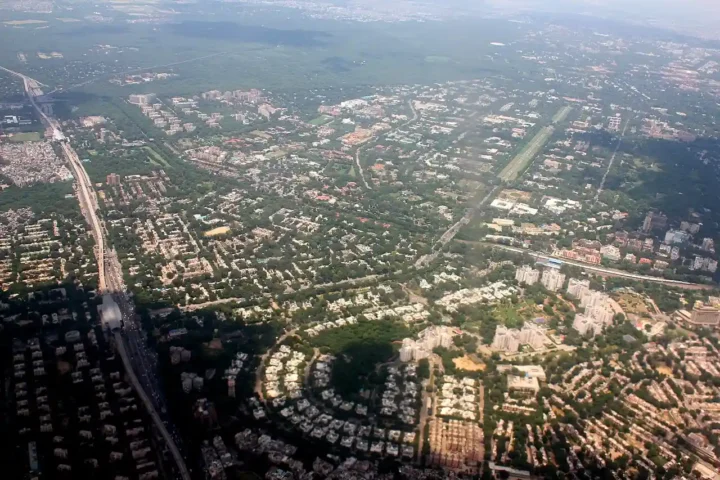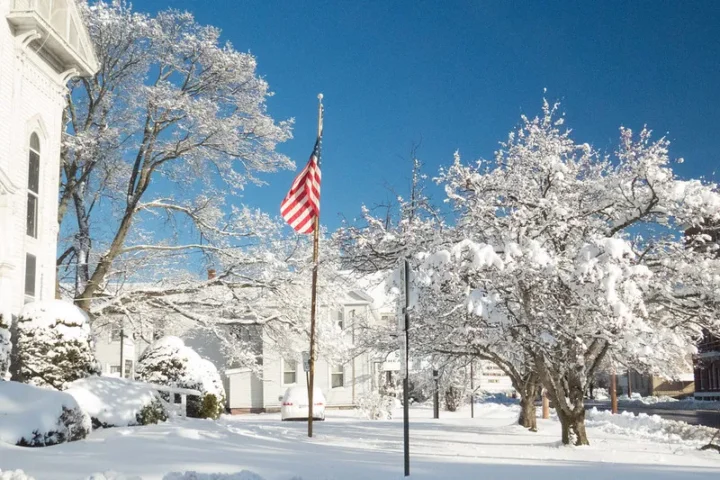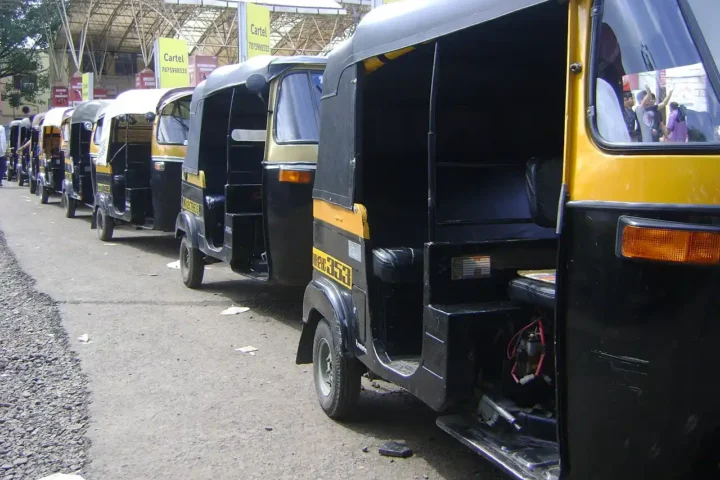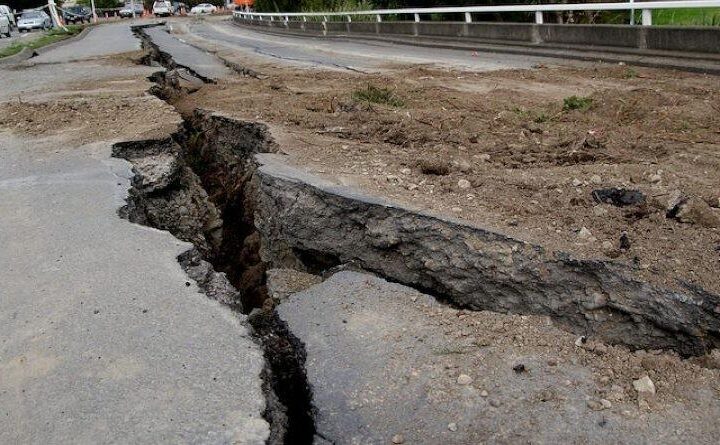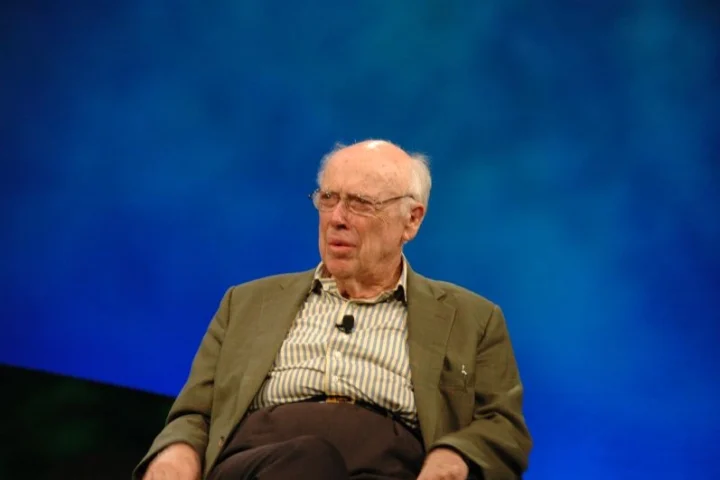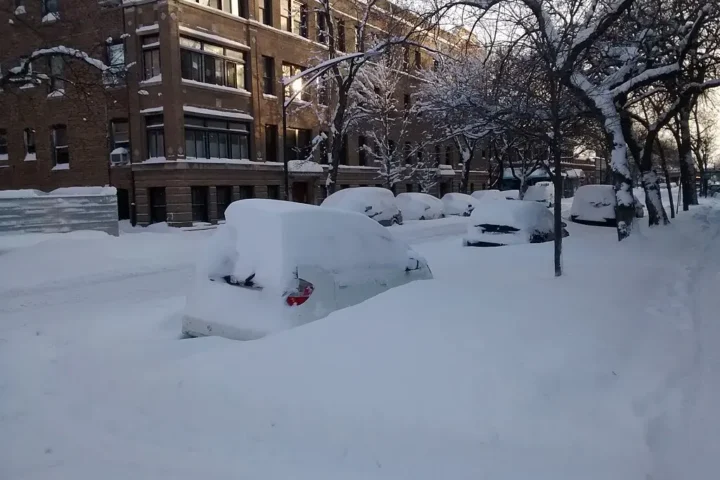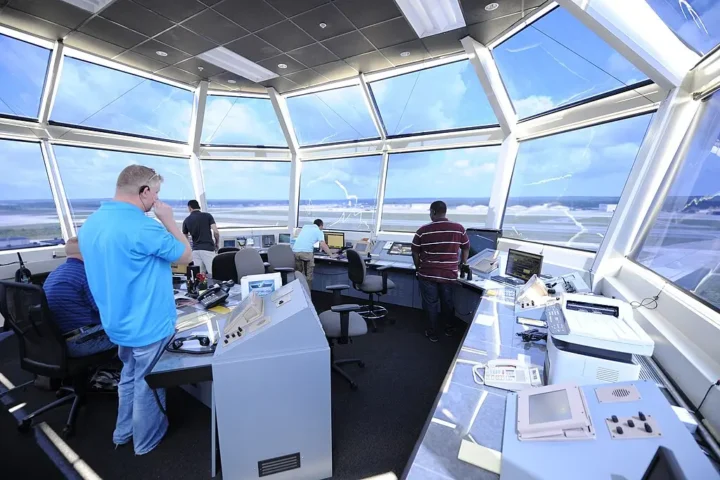Millions of student loan borrowers checking their progress toward forgiveness recently discovered a troubling change: the payment counters they rely on have disappeared from the federal government’s website.
The Department of Education has removed the Income-Driven Repayment (IDR) payment trackers from StudentAid.gov, leaving borrowers unable to see how close they are to loan forgiveness.
MOHELA, a major student loan servicer, confirmed the removal through an automated phone message telling borrowers that “Federal Student Aid has temporarily removed the forgiveness payment counts for income driven repayment,” and advising them to check StudentAid.gov for updates, according to CNN.
Why the Counters Disappeared
The payment tracker removal stems primarily from legal challenges. On February 18, 2025, the 8th Circuit Court of Appeals issued an injunction in case no. 24-2332 (State of Missouri et al. v. Trump et al.) blocking the implementation of the Saving on a Valuable Education (SAVE) Plan and parts of other IDR plans.
A Department of Education spokesperson told CNN that borrowers who log into their accounts will see a banner that reads: “A federal court issued an injunction preventing the implementation of the Saving on a Valuable Education (SAVE) Plan and parts of other income-driven repayment (IDR) plans. As a result, your IDR payment count and payment history are temporarily unavailable. Stay up-to-date on court actions affecting IDR plans: StudentAid.gov/courtactions.”
The spokesperson clarified that “Borrowers can still see their PSLF payment count when they’re logged into their StudentAid.gov accounts. The PSLF payment counters were not impacted by the February injunction.” However, according to Newsweek, while the PSLF tracker remains visible, “updating remains inconsistent, further contributing to borrower uncertainty.” Many borrowers report seeing a notice stating their tracker “may only reflect activity through April 2024.”
This isn’t the first disappearing act – the trackers were previously removed in spring 2025 to fix inaccuracies before being reinstated, according to reports from The College Investor.
The Backlog Grows
While the trackers are gone, applications continue to pile up:
- 1.51 million IDR applications waiting for processing, with only 186,731 processed in June (down from 285,694 in May), according to Investopedia
- 65,448 PSLF Buyback requests stuck in review – up from 58,761 in May and 49,318 in April, representing a 33% increase in three months
The American Federation of Teachers has sued the Education Department over the backlog, forcing monthly progress reports through court action, according to the Student Borrower Protection Center.
What’s Still Working (and What’s Not)
The status of various forgiveness programs varies significantly:
The PSLF tracker remains visible for most borrowers but updates sporadically and inconsistently. Many users report seeing a notice saying, “Your PSLF payment information below may only reflect activity through April 2024 prior to the processing pause,” according to education debt assistance organizations.
Of all the forgiveness programs, only Income-Based Repayment (IBR) remains fully operational, since it was created by Congress. The Department of Education has stated that “Forgiveness as a feature of the SAVE, PAYE, and ICR Plans is currently paused because those plans were not created by Congress.”
Meanwhile, approximately 7.7 million SAVE plan borrowers remain in forbearance without payment credits. Adding to their troubles, interest accrual resumes August 1, 2025, according to the Department of Education’s announcement on July 9.
Important for PSLF Borrowers
There is one piece of good news for public service workers affected by the SAVE plan forbearance. According to NASFAA, the Department of Education’s PSLF Buyback program will allow borrowers to count months spent in the SAVE forbearance toward PSLF forgiveness once they reach 120 months of qualified employment. Borrowers would make a lump-sum payment representing what they would have paid during the forbearance period in order to receive credit toward forgiveness.
However, processing times for PSLF Buyback requests have increased significantly from 2-3 months in 2024 to 6-7 months in 2025, with some borrowers reporting even longer delays. Department of Education staffing shortages have contributed to these extended wait times.
Policy Changes Coming
The One Big Beautiful Bill Act, signed into law on July 4, 2025, will bring major changes to student loan programs:
- It includes a new income-based Repayment Assistance Plan that will be available to borrowers by July 1, 2026, according to the Department of Education
- The bill will eventually sunset several IDR plans, including SAVE, PAYE, and ICR
What Borrowers Should Do Now
Without access to official trackers, borrowers need to take matters into their own hands:
Use the IRS Data Retrieval Tool when applying for IDR plans. The Department of Education confirms this speeds up processing significantly.
Keep detailed records of all payments and employment certifications. MOHELA advises borrowers to “Log in to your Account History to track transactions.”
Continue submitting Employment Certification Forms, even if the PSLF counter isn’t updating consistently. According to borrower reports, new certifications can sometimes trigger updates to previously stalled payment counts.
Consider switching to IBR. With SAVE ending, Income-Based Repayment is currently the only IDR option with guaranteed forgiveness potential.
A Glimmer of Hope?
Senator Elizabeth Warren announced in June that Education Secretary McMahon “intends to soon restore the income-driven repayment (IDR) payment count tracker to studentaid.gov,” according to Warren’s Senate website. However, no specific timeline was provided.
Until then, borrowers should:
- Calculate payments manually using payment histories from servicer portals
- Prepare for potentially higher payments if switching from SAVE to IBR
- Monitor updates from the Department of Education
The payment tracker removal adds another layer of confusion to an already complex system. For now, meticulous self-documentation remains borrowers’ best defense against disappearing progress in the student loan forgiveness maze.
With servicer accountability issues continuing to plague the student loan system and younger borrowers facing mounting debt burdens, staying informed about these changing policies is more important than ever.


